I wasn’t meant to like the new Leica V-Lux, also known in new Leicaspeak as Typ 114 or Model 114. It just isn’t the sort of camera that, in the general scheme of things, sits high on my wish list. It is a one-size-fits-most device, very much a jack of all trades. It is also a big beast, far bigger than the humble M with a 50mm Summicron, for instance. My immediate impression when I collected the review camera from Leica’s Mayfair headquarters was that it was lighter than it looked and bigger than it ought to be.
First impressions, though, are often misleading. In a few days this camera had proved its worth and I came to value its versatility, its lightning-fast operation, its lightness (830g) relative to its bulk and, of course, that high-performance 25-400mm superzoom. The V-Lux was with me for just under a week and this is not a full review, more a series of initial impressions.
This new super bridge is all about that lens, married to a large one-inch sensor. V-Lux 4 owners may complain that they prefer the old model because of its relatively small size, its longer 600mm throw and constant f/2.8 aperture. But the four-times larger sensor of the new model comprehensively compensates for the missing 200mm and the narrowing aperture. In reality, despite the bare statistics, the V-Lux has a large effective aperture than the old model and cropping can compensate for the shorter zoom.
The above shots at focal lengths from 25mm to 400mm are followed by two 100% crops of the 400mm picture. The camera was hand held with OIS switched on, f/5.6 at 1/200s.
Bulk

There is no getting around the fact that the V-Lux is much larger than the older camera. After all, you cannot ignore the laws of physics and that large sensor and correspondingly hefty lens definitely requires more space. But you might ask why Sony can squeeze exactly the same size of sensor into the tiny RX100 Mark III. I cannot answer that fully. But the Sony has a much shorter zoom range (24-70mm) and this means a huge difference in lens size alone. Tellingly, even Sony could not conjure its magic with RX10 which is roughly the same size as the V-Lux.
Indeed, Sony’s RX10 is the only direct competitor for the V-Lux. The Sony, which was announced last year, has the same size 20Mp sensor (possibly even the very same) but a shorter 200mm-maximum zoom, a failing that is particularly critical in this class of camera. The Sony is slighly better made, in my opinion – it feels more substantial in the hands – but it is hobbled by that shorter zoom and inferior video performance.
The V-Lux, on the other hand, brings something special to the party: Full 4K video, snazzy DFD contrast detect autofocus (which is blazingly fast, by the way), Venus Engine processor, in-camera RAW adjustments and, of course, that twice-as-long-lens. If you want an all-round solution in one package then the V-Lux is the logical choice.
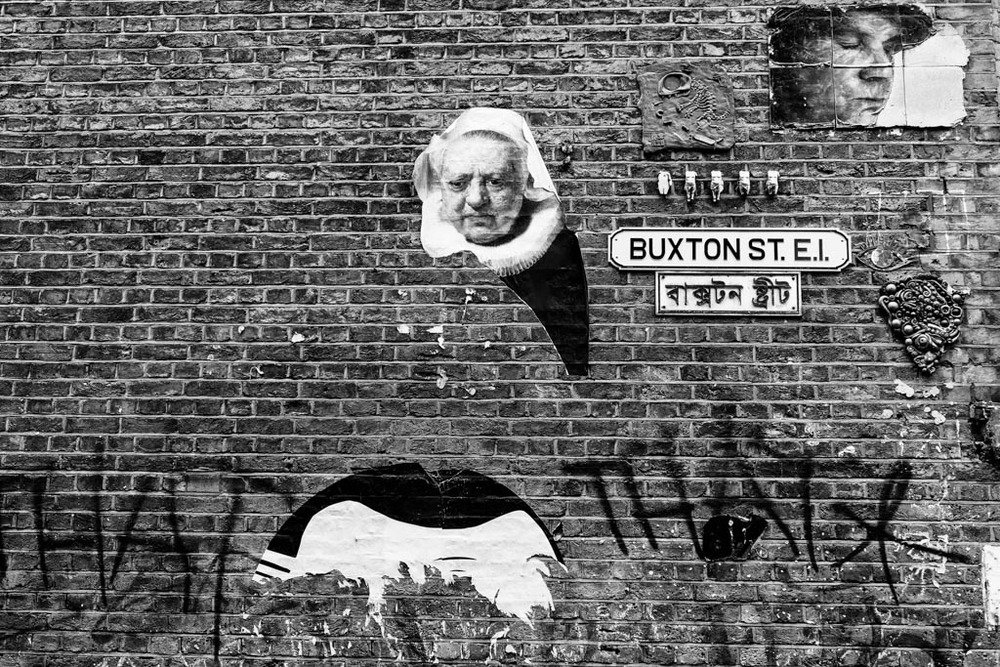
Styling cues
Strangely enough, for a Panasonic partner camera, the V-Lux has many Leica styling cues. At a casual glance, it looks much like the company’s S medium-format digital range. It has the rounded, tubby contours of the old R9 and the new S models, and the bold LEICA name sets the scene nicely. It looks the business and sets out to impress.
The lens, at rest, is squat and potent looking with its large 62mm filter-diameter business end. Unlike on interchangeable camera lenses, where convention is to quote the actual focal length, the V-Lux carries the full-frame equivelent designation of 25-400 atop the lens. A glance at the front of the lens reveals the actual range to be 9.1 to 146mm since the one-inch sensor has a crop size of approximately 2.7 relative to full frame. The lens extension is fatter than on most similar interchangeable lenses and, as a result, looks solid and very competent. It is marked in steps with popular focal lengths, from 25 and 35 to 200. This is a very useful guide and is particularly nifty when using the stepped zoom feature.
On the side of the lens housing are two slider switches, one for image stabilisation (OIS) and one to switch the large (and only) lens ring from zoom to focus.
Logical
Controls are logical and well positioned, including three customisable function buttons at the rear with a further two on the top panel. There is a single, clickable command dial to the rear of the camera. Pressing this dial moves from shutter to aperture priority when in manual mode. In other modes it toggles between aperture, shutter or program and exposure compensation, again depending on the mode. A Q Menu button provides access to all the major options for quick adjustment.
To the right of the top panel, in conventional position, is the mode dial, incorporating two customisable settings, while the drive mode dial is to the left. On the left-hand side of the EVF housing is the diopter adjustment ring and a switch to open the respectably powerful top-mounted flash unit. The shutter button, which sits conveniently atop the outer edge of the grip, is surrounded by the zoom toggle switch which can be set to either continuous or stepped mode.
Click here to ownload the full technical specification and operator’s manual.
Gripping
The camera feels just right in the hands, much like a mid-range DSLR. It has an extra-large grip which allows the fingers to curl comfortably for a very secure hold. The space between the grip and the lens is relatively small, however. It is big enough for my thin fingers but podgier digits could struggle for comfort.
Weight distribution is excellent and, even with the lens fully extended to 400mm, the camera feels good. Not bad, really, and certainly it is much smaller than you would expect with a similar lens on a full-frame camera or, even, on an APS-C or four-thirds sensor.
The V-Lux looks good but gives the distinct impression of being a substantial, professional camera. It is too large and too threatening to make a discreet tool for street photography which, as you know, is one of my passions. Nevertheless, it does make a superb travel camera, encompassing almost all the focal lengths you are ever likely to need together with state-of-the-art electronics and a sensibly sized sensor.
Viewfinder
As a one-stop-shop the V-Lux compares well with any interchangeable lens mirrorless camera. An example I am using at the moment: The Fuji X-T-1 and the versatile 18-135 (27-206mm) lens is almost as bulky as the V-Lux (but in a different way) and weighs 926g compared with the Leica’s 831g. It does offer a much bigger APS-C sensor, of course. But currently there is no single lens for the Fuji system to match the V-Lux. The nearest is the 18-135mm which tops out at no more than 206mm equivalent, half the reach of the V-Lux.
The 2.4 Mp electronic viewfinder is one of the best I have used and the large rubber eyecup is comfortable even for wearers of glasses. The 3in 921-million-dot rear screen is also top of the class and swivels around every whichway, including an ability to reverse so it is hidden and protected from harm.
In use, the overall impression given by this camera is one of blazing speed. Navigating the well-thought-out menu system is stunningly fast and the general operation of the camera, from toggling settings to composing and taking the picture is impressively speedy.
Lightning fast
Autofocus, in particular, is lightning fast and the impression is reinforced by the hair trigger shutter release which is one of the most instantanous and least progressive I have experienced. Sometimes I felt that simply brushing my finger against the release would initiate focus and take the picture (at speeds up to 1/16,000s, incidentally, with the option of silent operation). Often the EVF was still showing an out-of-focus image while the system has gone ahead and captured a perfectly executed shot.
Initially, I captured a number of mis-framed shots as a result of this unaccustomed speed. There is a menu option to set the shutter release to “half press” which I imagined would mimic the more progressive action of most cameras (thinking of the M, where a half press sets exposure and you have plenty of time to think and recompose) but it seemed to make little difference. As with most things, practice makes perfect and, once mastered, the V-Lux turns out to be probably the fastest camera in its class. it just needs gentle handling.
Autofocus on this camera is certainly the fastest I have ever experienced. I have not tried the Olympus OM-D EM-1, which seems to garner all the plaudits, but this camera cannot be that far behind, if at all. Whether at wide angle or zoom, in good light and bad light, this is one competent system which sets new benchmarks. It also copes well with burst-mode shooting at up to 12 frame per second.
Stepped zoom
The stepped focus facility, inherited from the V-Lux 4 and D-Lux 6, is one of my favourite features on the camera. When set, this turns the zoom lever (around the shutter release) into an up-down contol to move the lens from one prime-equivalent focal length to another. It is very intuitive and, to my mind, exerts finer control than the traditional stepless zoom. Each press of the lever takes the lens to the next focal length, for instance, to 28, 35, 50, 75, 90, 135, etc, as determined by convention. Prime lens afficionados will appreciate this, as they will the ability of the camera to remember the last zoom position when restarted. If you feel like having a 35mm or a 50mm day, you can set that focal length and then forget about it. No need to agonise over which lenses to stick in the bag.
As with most bridge cameras, the V-Lux has a digital zoom facility which in this case can double the optical zoom limit from 400mm to 800mm. Again, as usual, this is achieved by cropping the image with a resultant loss of resolution. It achieves nothing that cannot be done in post-processing and is a facility I would use only in emergency or special circumstances.
I am not qualified to write about video since I seldom, if ever, use it. But the V-Lux, with its 4K capabilities at up to 100Mbps, is at the cutting edge and will be bought by videographers who value having everything in one complete package.
5-axis stabilisation
The five-axis optical image stabilisation system worked extremely well and enabled low-light shots to be captured at speeds that would not normally be possible. Coupled with a very respectable ISO performance (from 125 to 12,800 in standard mode), the system could cope with most situations, even at long focal lengths.
The V-Lux features wireless connectivity and works with Leica’s Image Shuttle iOS app. I was not able to try it out during my brief time with the V-Lux but the app works well with other Leica cameras, including the C and the T, offering the ability to control the camera remotely from an iPhone.
Image quality
During my brief test I didn’t have access to Lightroom’s just-announced RAW converter so decided to shoot exclusively in JPG. I was not disapppointed. The JPG output from the V-Lux is very impressive even in low light and at sensitivity up to ISO 1600. I like the JPG rendering and I was impressed by the consistency of exposure, requiring very little adjustment, despite the ultra-fast operation of the camera.
Ultimately, of course, image quality is limited by the relatively small sensor when compared with the APS-C and full-frame sensors in mainstream interchangeable-lens cameras. But the performance is impressive for a one-inch sensor and certainly better than owners of the older V-Lux 4 have come to expect. Unless you want to make really large prints, a one-inch sensor is pefectly adequate. Event the old V-Lux 4 produced stunning images when viewed at up to A4 size (see the example at the foot of this article).
The smaller sensor is no handicap when it comes to video and the outstanding capabilities of the V-Lux, with four-times the resolution of competitors, must place this camera high on the list of anyone who wants the best video results.
Here is a link to a gallery of samples taken during the review period, including during an outing to the London-Brighton veteran car run.
Travel companion
This is a camera that does everything well and is capable of being the only camera you might ever need. It lacks the focus and involvement of the M system, for instance, and it is not the pefect carry around camera because of its bulk. But if you want a bit of everything, including a superb lens, fast operation and the availability of the widest range of focal lengths, it is a camera without equal. As an all-in-one travel camera the V-Lux makes loads of sense and it is an immensely competent and capable friend. About the only extra you will need is an extra battery if you want to capture more than 350 shots in the day.
The Leica premium
The Leica V-Lux sells for £925, which is a little more than the price of the similar Panasonic FZ1000. I call this extra cost the Leica Premium but it is not simply a matter of the red-dot branding. Leica offers a better overall package, including higher resale values, insurance and post-processing software, so the cost of ownership can actually work out less. And you do get to wear that red dot and join all the Leica clubs to make new friends.
Read more camera and lens tests on Macfilos
See the gallery of images from the V-Lux
Camera supplied by Leica Store UK, Mayfair


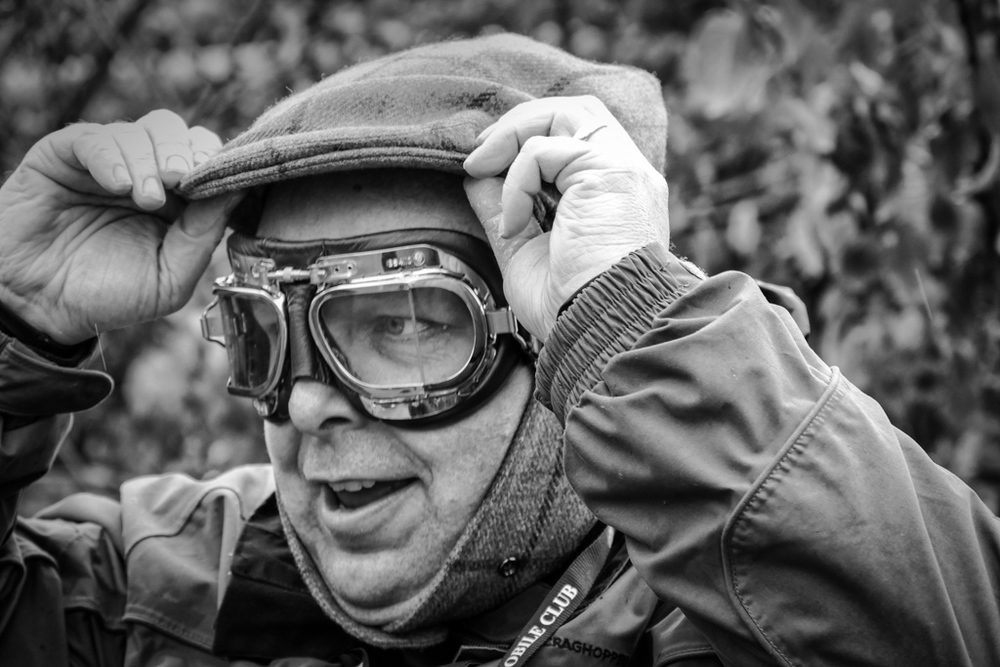

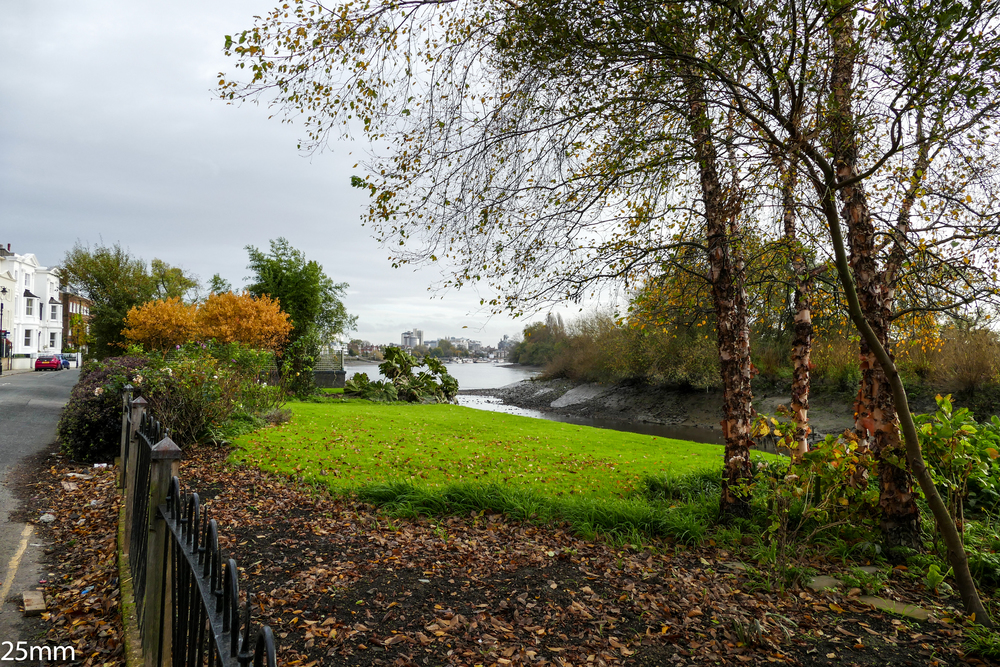
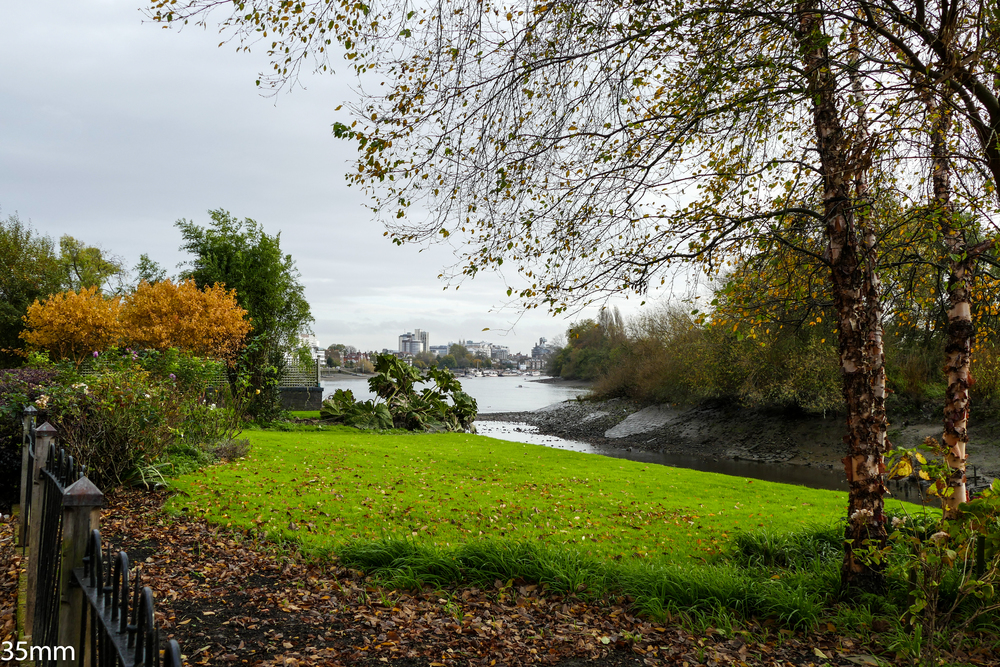

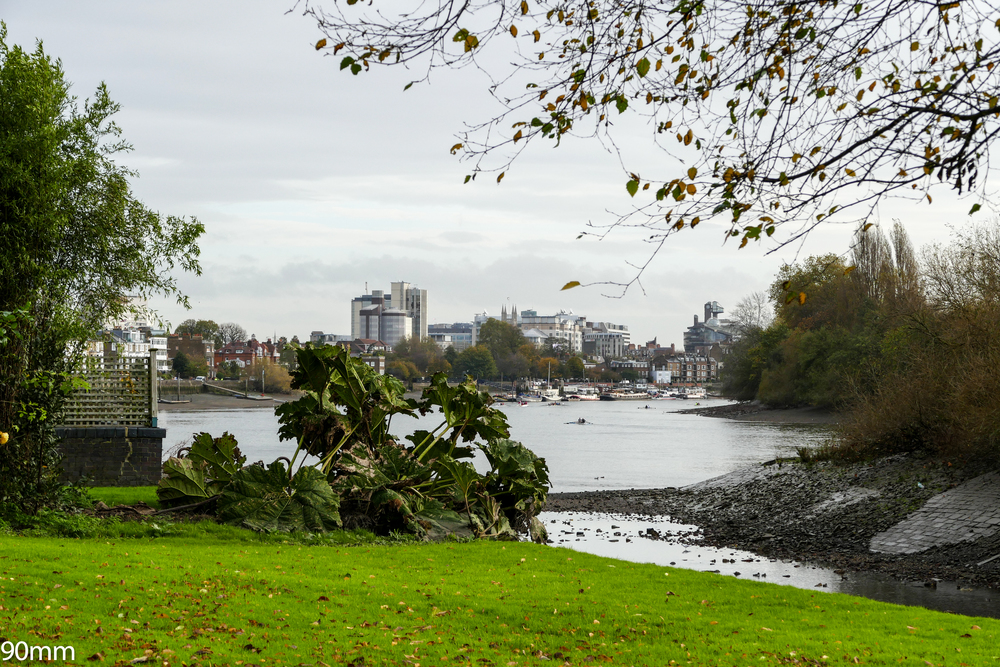
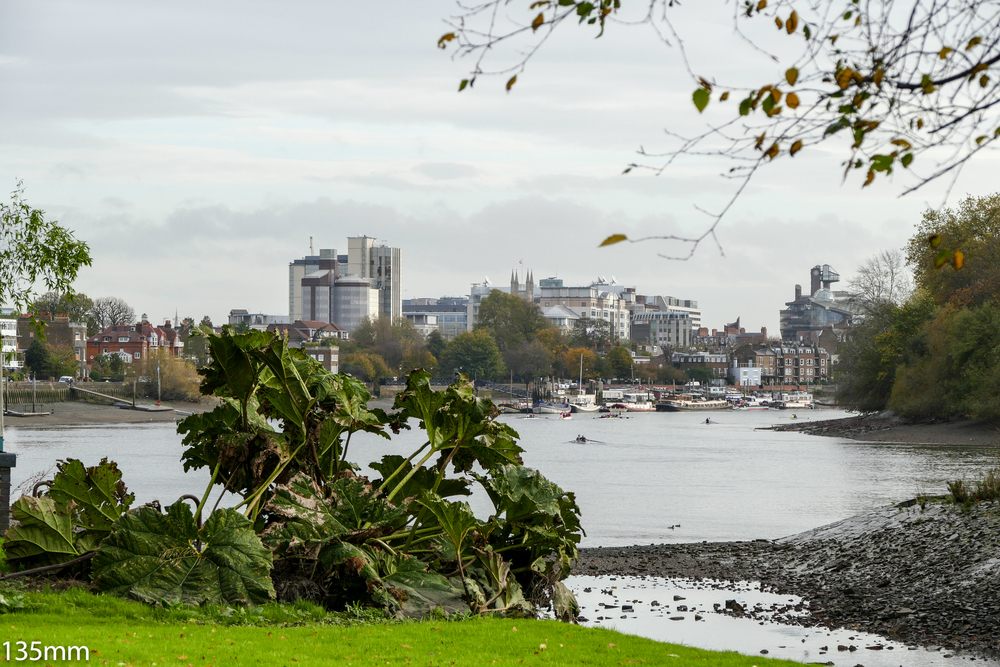
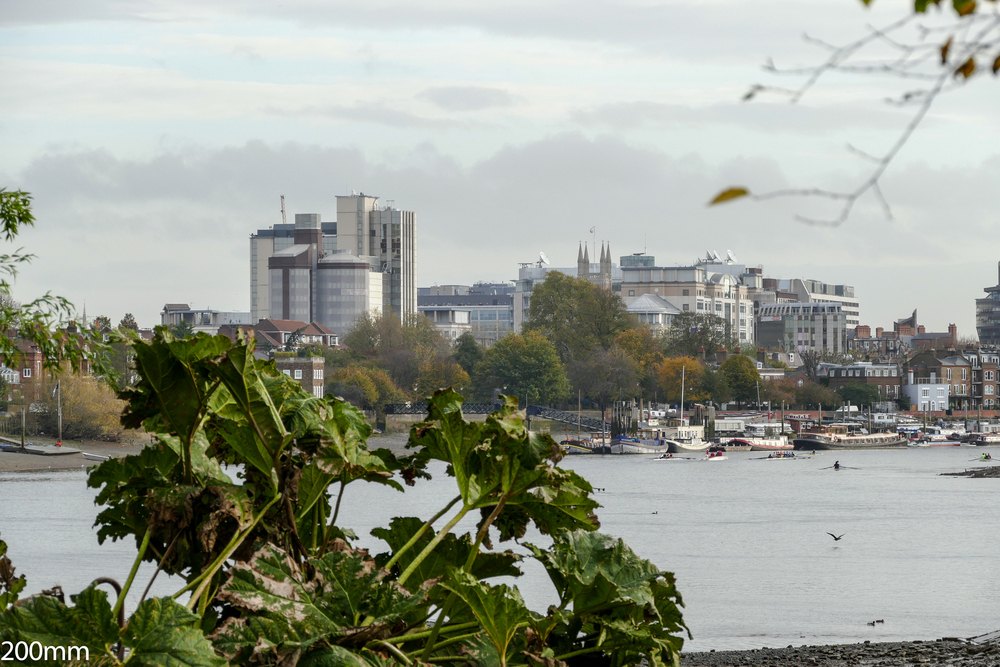
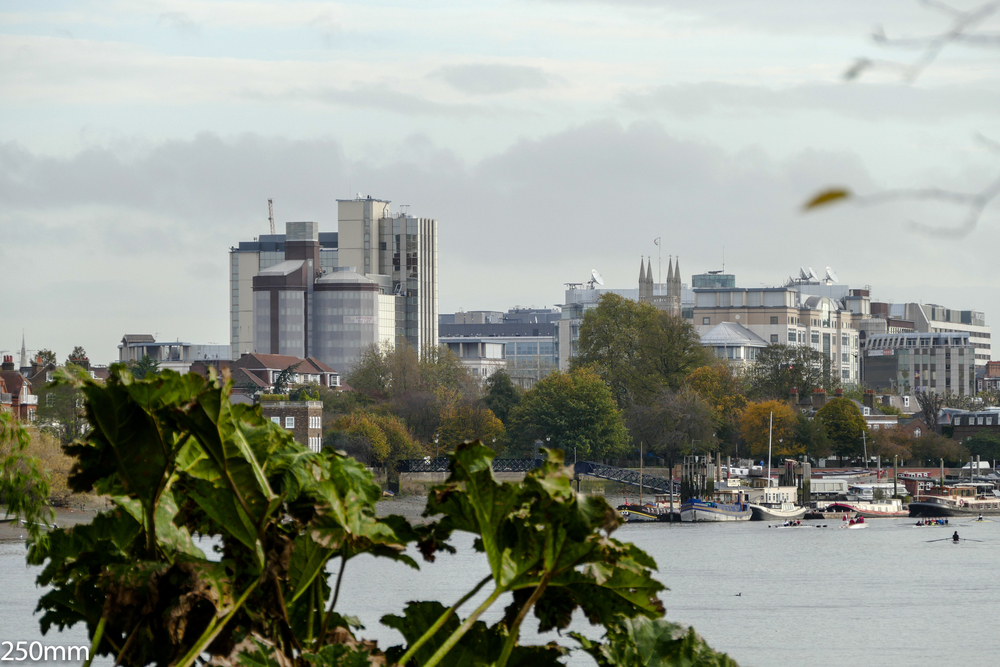
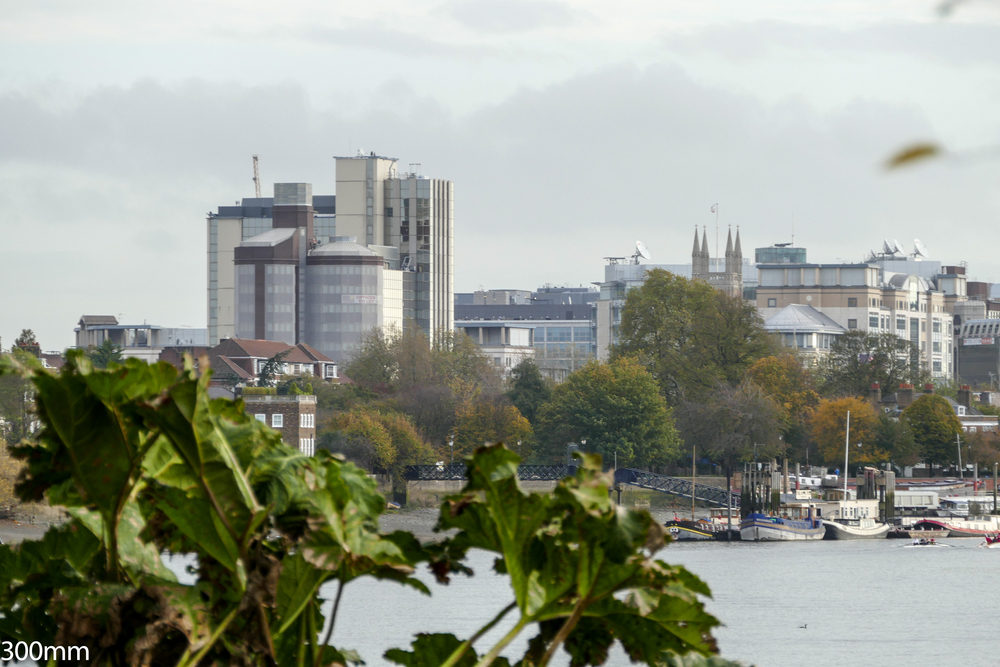




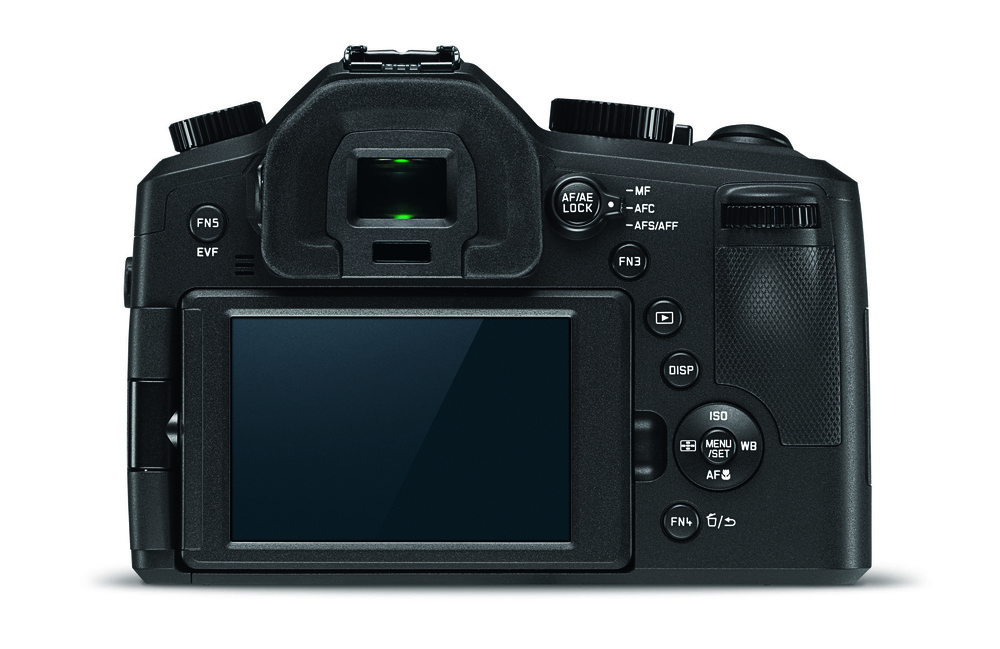





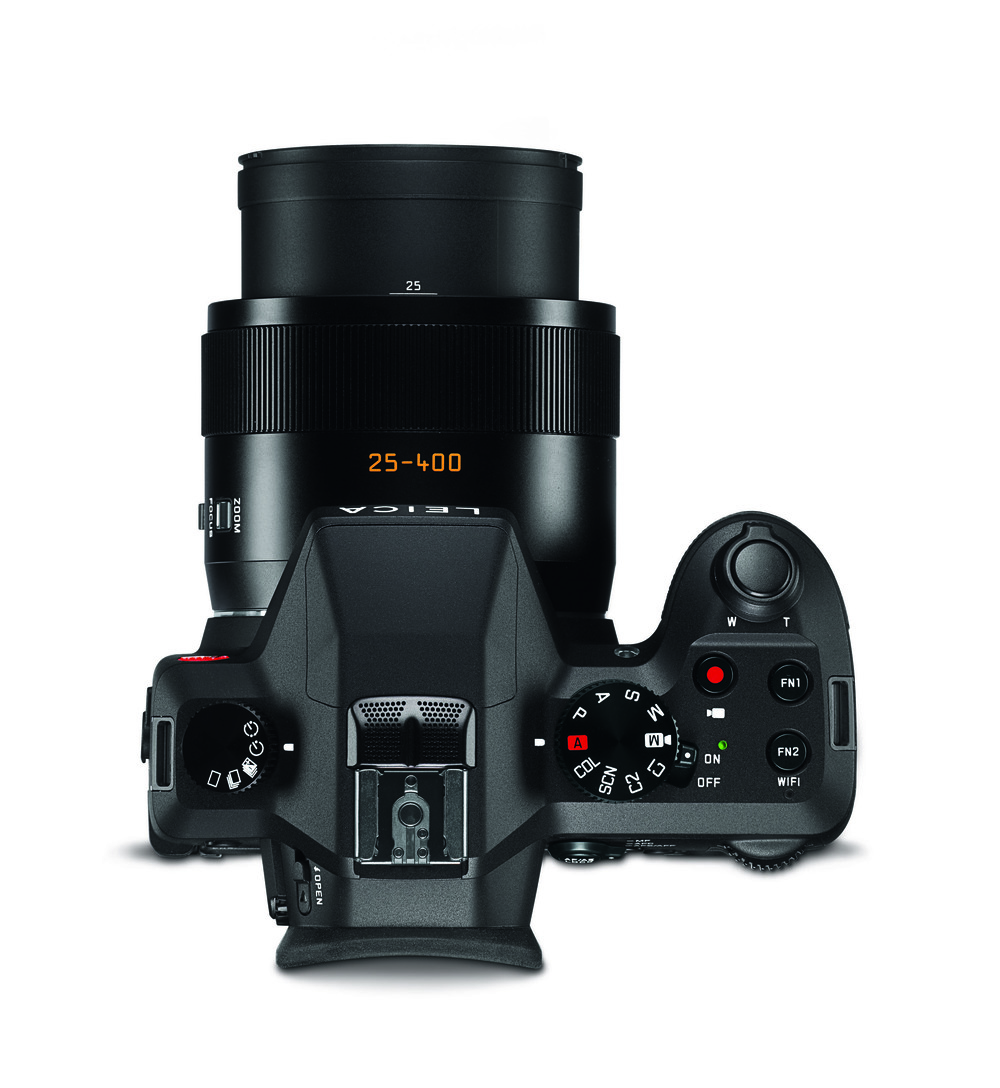
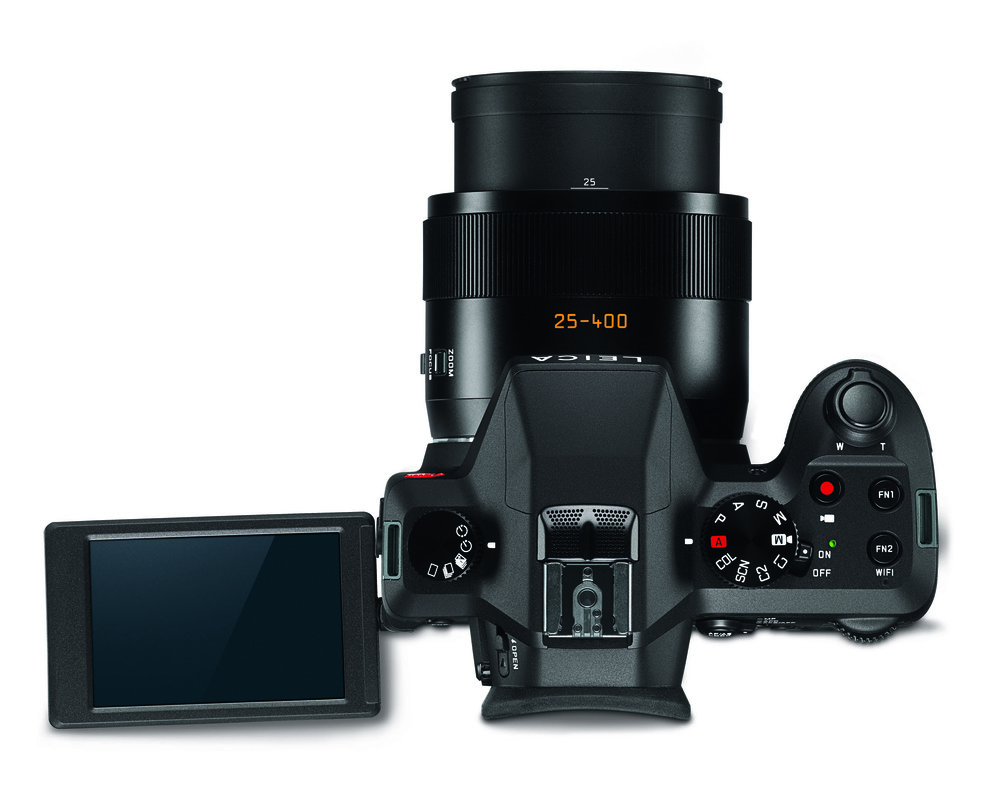




Like about yr. creative & any stories.
ps : I’m Subscribe at yr.log but that system not feed-back !!
so I’ll re-share in my circle ( love about portrat & Street photography )
& me too !!
Thanks you
See U
Pramual
Pramolvold@yahoo.com